Australian dollar: Six countries where you can still get value
Our currency has dropped below US60c but there are countries where the dollar can still get value | We tell you where

Tickets. Money. Passport. They are the holy trinity of travel, but one of these never seems to stretch quite far enough. Saving for a trip is one thing, but once you’re immersed in the discovery of a new city or country, value for money can quickly become an afterthought. After all, you can’t put a price on memories, and even less so on indulgent purchases made abroad.
Given the cost-of-living crisis, these indulgences don’t feel as carefree as they once did. What were once considered core holiday experiences – whether dining at the latest hotspot, visiting a buzzing bar, or exploring an art gallery – now feel more like luxury expenses. Cities such as New York, which used to offer hidden gems and affordable thrills, increasingly seem like playgrounds for the wealthy.
While the value of a dream trip is hard to quantify, you can make smarter financial decisions to ensure you get the most out of your holiday. And you can put a literal price on that.
It’s also equally important to know where you can get the best value for your dollar. Several destinations are offering exceptional value, providing more bang for your buck.
Old-fashioned spenders
When it comes to how travellers use their money overseas, Australians are apparently behind the times. Research by Mastercard has found that 42 per cent of Aussie travellers haven’t changed their spending habits while abroad, preferring to withdraw wads of cash rather than use more convenient – and safer – digital payment options. We also tend to stash this money in odd places. Some of the most common spots include in empty sunscreen bottles, in spare shoes kept in a hotel room, wrapped up in underwear, and of course, the safe.
“There’s possibly an outdated perception that the way we pay abroad is different from the way we pay at home,” says Mallika Sathi, vice-president of cyber and intelligence at Mastercard.
“As digital payments have evolved and travel has become more accessible, many banks have made using your daily debit or credit card abroad as easy as it is to use at home, while still giving users all the same protections against fraud, scams and loss.”
According to the Mastercard study, we’re also neglectful post-trip. Australian travellers are arriving back home with a whopping $853m in unspent foreign currency each year, with 68 per cent choosing not to exchange it back. The study didn’t collect the ages of its participants, so it’s unknown if these spending habits can be ascribed to a particular generation of traveller, but it is safe to say younger Australians are more likely to use smartphones as their go-to method for payments.

Getting digi with it
One of the biggest shifts in recent years has been the rise of digital wallets such as Apple Pay and Google Pay for making transactions abroad. These products let travellers store multiple currencies, access favourable exchange rates, and make fee-free transactions with just the tap of a phone. Jarrod Kris from Skyscanner highlights the growing popularity of digital payments: “E-wallets not only offer better exchange rates than some cards, but they’re more secure than carrying large amounts of cash. Many banks now support an e-wallet alternative, which is a digital version of your card. Here, you can secure the best rates when exchanging money, at the tap of a button.”
They also add a layer of security, he adds, reducing the need to carry – or hide and forget about later – large sums of cash.
Ironically, Australia has been an enthusiastic adopter of this finance tech. But it hasn’t been the case in many other countries, warns Finder’s travel expert Angus Kidman. “(Australians) have really been ahead of the curve with paying by phone. When you’re overseas, having an actual physical card is still often the best bet.”
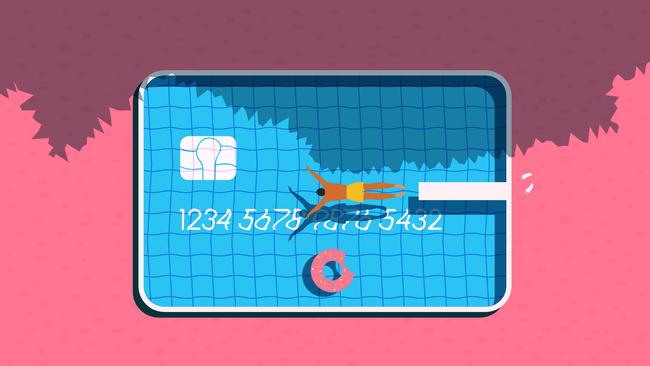
Pre-paid, pre-plan, prepared
For travellers who prefer more control over their spending, Kris suggests prepaid travel cards such as the Commbank Money Card. “This is especially useful for those who want to plan ahead and control their spending,” he says.
They allow travellers to lock in exchange rates before departure, offering peace of mind by protecting against currency fluctuations.
Most importantly, they can offer some of the most competitive exchange rates in the industry. Consider the Japanese yen, currently sitting at 90.6 to the Australian dollar with Travelex. Wise sells it at 94.5 yen to the dollar while Revolut is offering an impressive 100.5 yen.
By topping up as needed, prepaid travel cards allow better management of cashflow, reducing the risk of having leftover currency at the end of the trip.
Relatively recent arrival Wise’s Debit Card has been gaining popularity not only for its easy-to-use top-up and low rates but because it covers more than 50 international currencies. Qantas has its own version of the prepaid money card, the only airline to do so. The benefit here is it can be added as a feature to your Frequent Flyer Card, minimising the need for yet more plastic, and you can earn points at the same time.
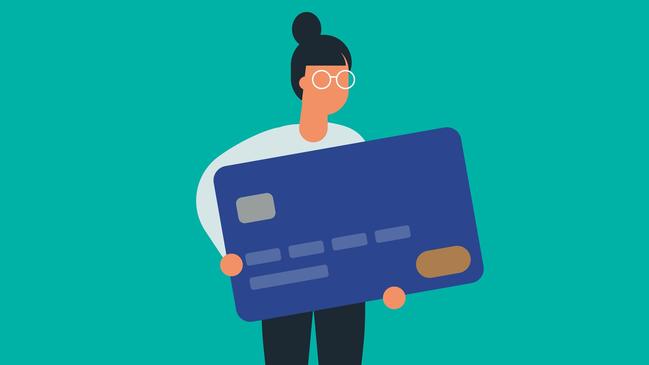
Credit where it’s due
Credit cards are still a valuable tool for travellers, especially those offering zero foreign transaction fees and additional perks. “Research by Finder shows that 29 per cent of Australians say the main reason for acquiring a credit card is for use with overseas travel,” says Kidman. “That makes sense. Some hotels aren’t happy to secure your reservation with a debit card, for instance. Booking an overseas holiday with your card is also often an easy way to meet the minimum-spend requirements to score bonus frequent flyer points, which is a win-win for savvy travellers.”
The most important feature to look out for, says Kidman, is no foreign transaction fees. “Those quickly add up. You’ll also want to avoid cards that charge extra if you withdraw cash from ATMs overseas.”
Finder regularly updates its reviews of various cards, meaning data can change month to month, but the current highest-rating Finder scores for overseas travel cards include:
Revolut Travel Money Card
Score:9.9
Currently the top-rated product, it’s available in three categories – Standard, Premium and Metal, the difference being the amount you can withdraw before incurring a 2 per cent transaction fee ($350, $700 and $1400 a month, respectively). A three-month trial of the Premium plan saves customers $29.97 when they first join, after which there’s a $9.99 monthly fee. Metal costs $24.99 a month. The app provides real-time exchange rates, with access to more than 30 currencies.
Australia Post Travel Platinum Mastercard
Score: 8.6
This card offers access to up to 11 currencies and charges $3.50 for each ATM withdrawal, although that figure can vary depending on the ATM operator. There’s a $5 fee for reloading (minimum amount is $100), and users are hit with a $4 monthly charge when the card is inactive; $20 if they go into the red. It enables entry to LoungeKey airport lounges in the event of a flight delay and provides three months’ worth of free global wi-fi from Boingo.
Wise Travel Money Card
Score: 8.4
This product allows travellers to hold and spend funds in an impressive 40-plus currencies, with competitive exchange rates (usually equivalent to the rate you’d find when searching on Google) and zero fees for the first two ATM withdrawals (up to $350) a month. After that, customers are charged $1.50 and 1.75 per cent per transaction. There’s also a one-off $10 card activation charge.
Travelex Money Card
Rating: 8.3
One of the main benefits of this card is there are no ATM transaction costs, although some ATM operators may charge their own fee. Up to 10 currencies are at your disposal, including the British pound, Euro, Japanese yen and New Zealand dollar. Unlike cards that charge a currency conversion fee of 2-4 per cent if you pay in a currency not supported by the card, Travelex does not.

Cash converters
When it comes to buying foreign currency, timing is everything. Andrew Dadswell from Moneysmart suggests watching exchange rates in the weeks or months leading up to your trip to ensure you get the best rate possible. “Some travellers even plan a year ahead to monitor rates,” he explains. Locking in favourable exchange rates with a prepaid travel card or converting cash when rates are low can make a big difference.
Dadswell also warns against relying on airport currency exchange kiosks, which often have poor rates. Instead, he advises using local ATMs or converting only what you need for the first few days. “Many international destinations now accept cards widely, so there’s less need to carry large amounts of cash,” he says. For safety, travellers should withdraw cash only from well-lit ATMs or those located inside banks to reduce the risk of card skimming.
To avoid unnecessary costs, Sathi recommends reviewing your current card’s terms and fees before travelling. If your card charges high international fees, consider switching to one that offers zero or low fees for overseas purchases. “You don’t necessarily need a separate card for international travel,” Sathi explains, “but having more than one card can serve as a backup in case of emergencies.”
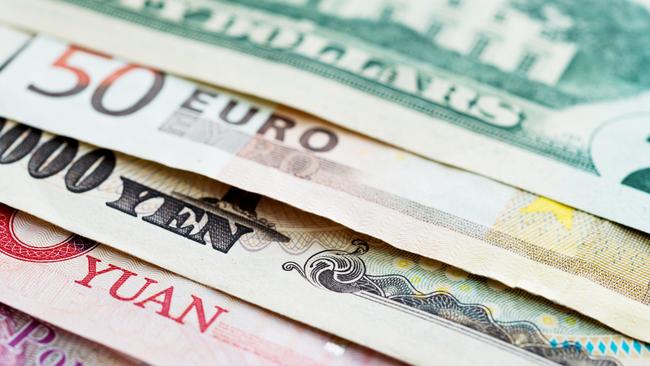
Pass the security test
Travelling with a credit or debit card offers far more security than relying on cash. Cards are easier to replace if lost or stolen, and many come with fraud protection. Sathi recommends using digital wallets, which offer enhanced security through biometric authentication, making them a safer way to pay abroad. “It’s the safest way to pay when travelling abroad, as confirming a payment with your fingerprint or face provides an extra layer of security and control.”
For extra peace of mind, it’s a good idea to notify your bank of your travel plans. This prevents your card from being frozen due to suspicious activity. Dadswell also suggests travellers always have a backup plan, whether it’s a second credit card or a prepaid card, to cover unexpected situations.
It’s important to be mindful of where and how you use your cards. Sathi advises travellers to avoid using unsecured public wi-fi networks and to always shield their PIN when withdrawing cash or paying in stores. “Good payment hygiene is key,” says Sathi, “and in the event your card is lost or stolen, follow the ‘Three Cs’: Cancel your card, Contact your bank, and Carry an emergency backup card.”

How to avoid common pitfalls when travelling
Don’t rely solely on cash
Although some destinations still require cash for certain transactions, using a digital wallet or prepaid card whenever possible can save on exchange fees and provide better security.
Beware of scams and skimming
Use secure ATMs and be cautious when accessing public wi-fi networks. Andrew Dadswell advises using your phone’s mobile data or personal hotspot instead of public wi-fi for banking transactions or other sensitive activities.
Set a spending limit
If you use a credit card overseas, Mallika Sathi suggests setting a spending cap to avoid racking up debt. It’s always best to pay for trips with savings to avoid the financial hangover of returning home to debt.
If you love to travel, sign up to our free weekly Travel + Luxury newsletterhere.

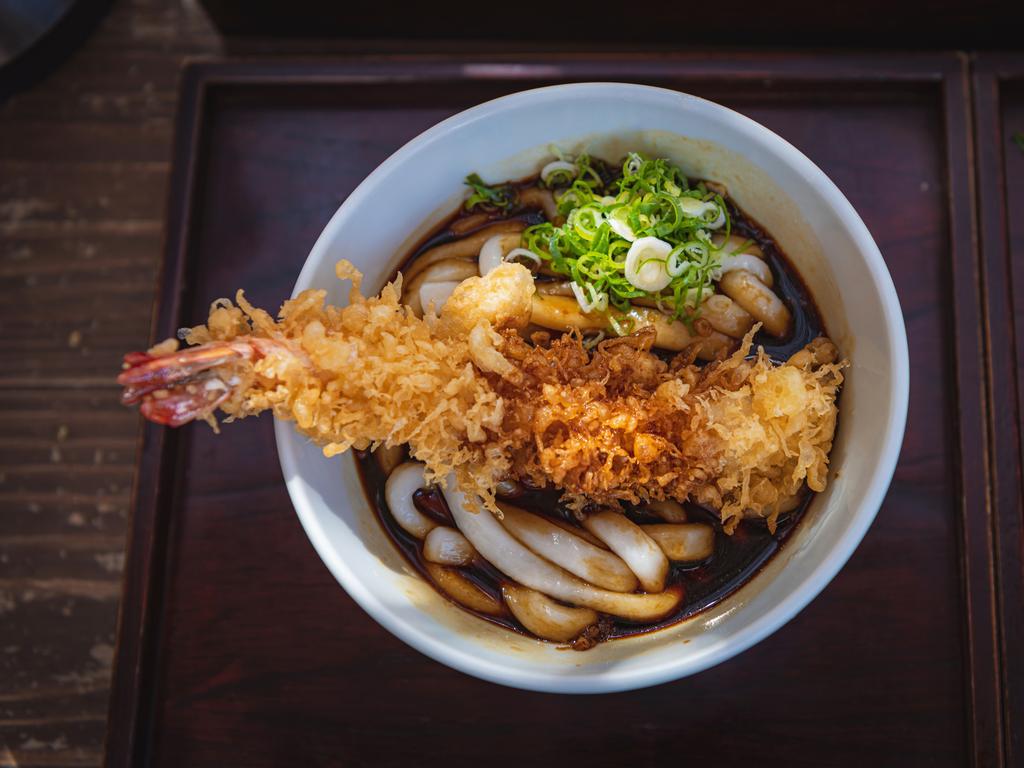
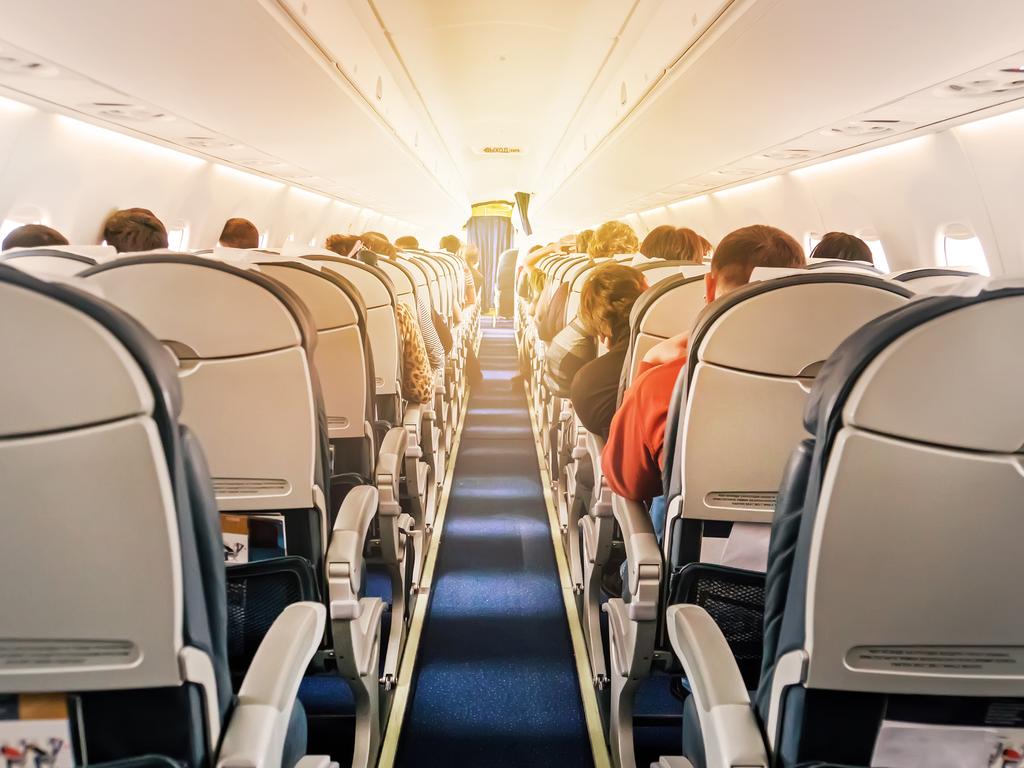
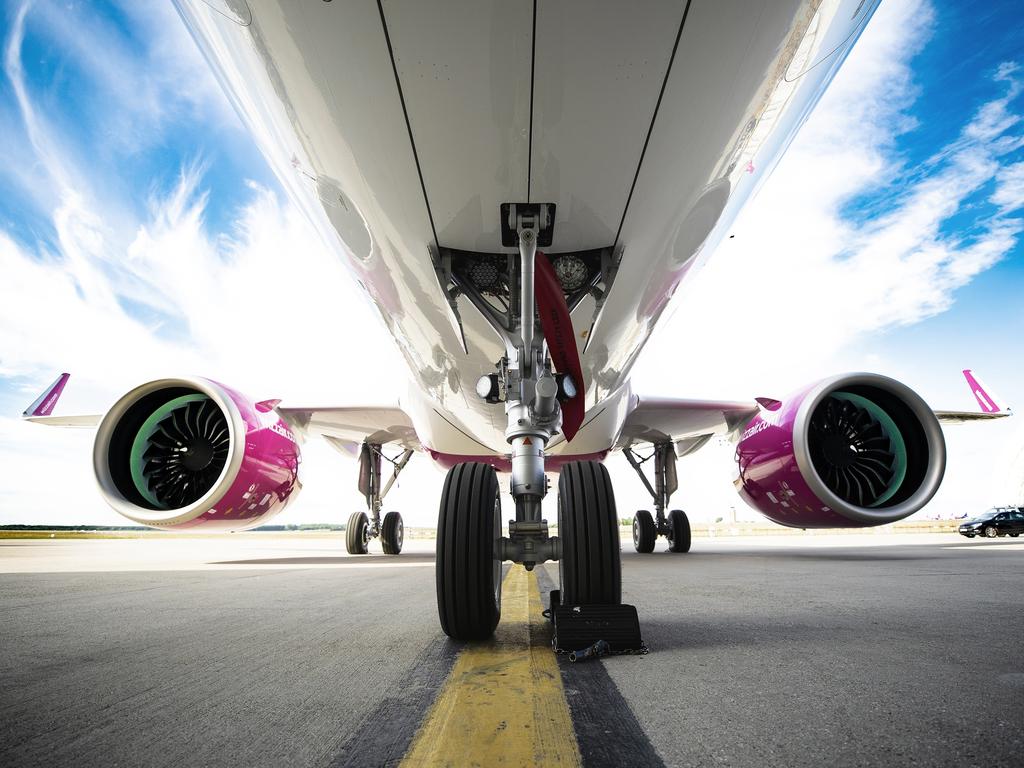
To join the conversation, please log in. Don't have an account? Register
Join the conversation, you are commenting as Logout